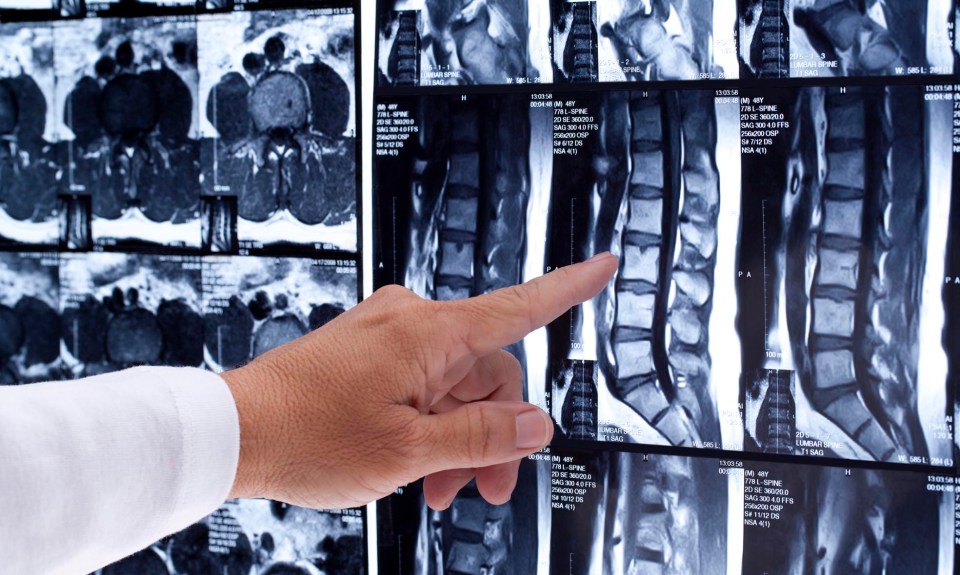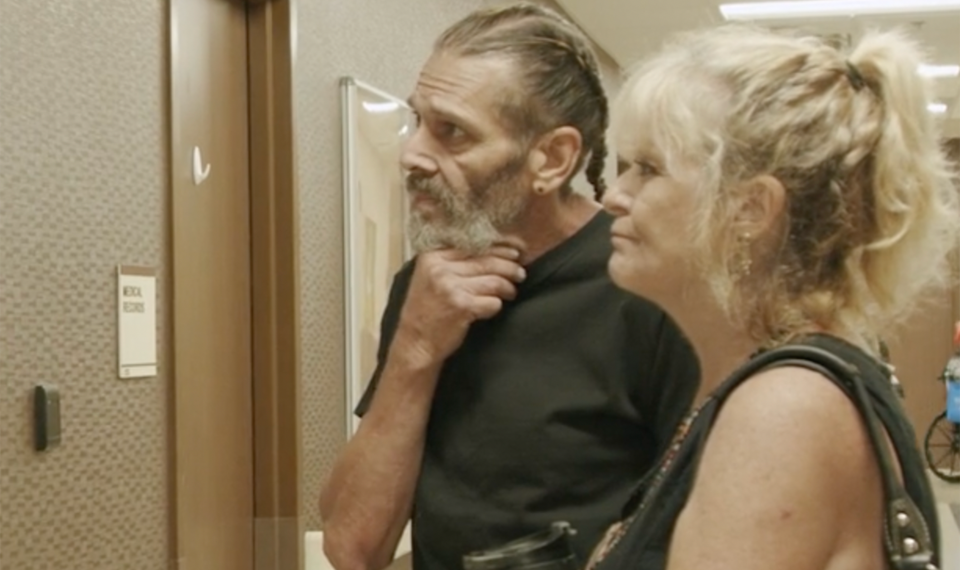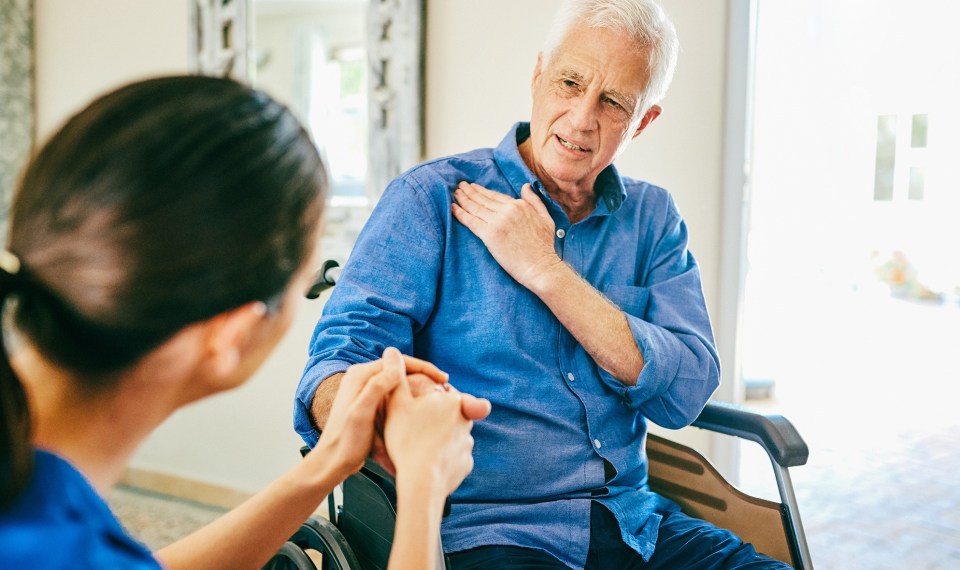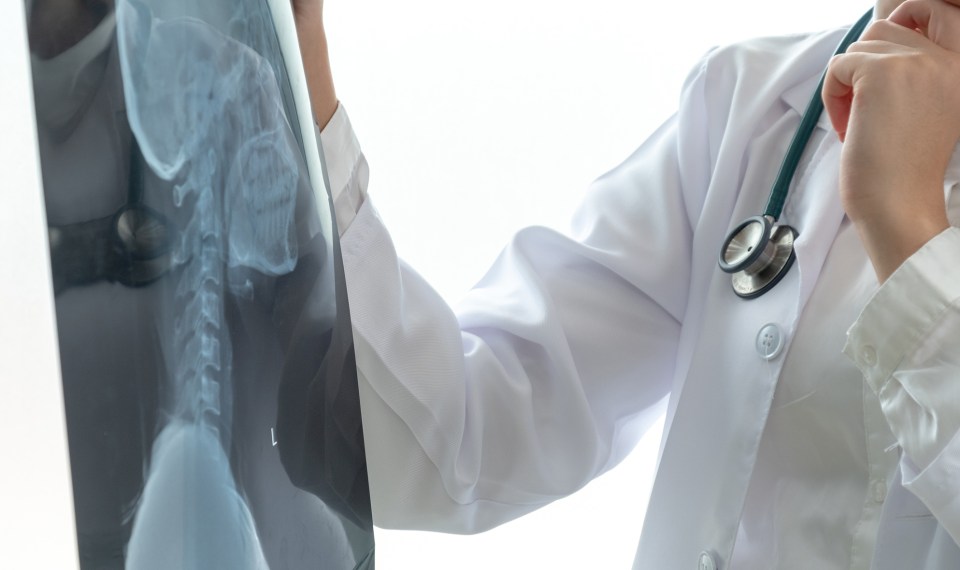A spinal cord injury is any injury that causes damage to the spinal cord or nerves at the end of the spinal canal. Depending on the type of spinal cord injury, it could impact your mobility and function. Some of that function and mobility can often be recovered with proper treatments, which could include anything from surgery to rehabilitation. Adaptive equipment such as wheelchairs or walkers can also help you regain some independence after the injury.
“Recovery and treatment are different for everyone,” said Lindsay Godbold, a physical therapist at Cardinal Hill Rehabilitation Hospital, who works with spinal cord injury patients. “The goal is to regain independence, but knowing also that what that looks like is different for every patient.”
Types of Spinal Cord Injury
The level of recovery depends on the severity and type injury. A spinal cord injury (SCI) needs immediate treatment at an acute care hospital where physicians treat and assess the injury.
“There’s a full physical examination. They’re looking at sensation, movement, pain and light touch,” said Leah Hardin, an occupational therapist at Cardinal Hill Rehabilitation Hospital. “This helps determine if the injury is complete or incomplete.”
SCIs can be separated into two different categories.
- Complete means the injury has caused a total lack of sensation and motor function below the level of the injury. Paraplegia or tetraplegia are results of complete injuries.
- Incomplete means the spinal cord can still convey messages to and from the brain to some extent. Some type of feeling, even if it’s faint, is possible below the location of the injury.
Imaging tests such as MRIs and X-Rays are also used in the diagnosis of the injury. The severity is typically based on sensation using the ASIA Impairment Scale.
An injury located higher on the spinal cord can cause paralysis in most of the body and affects all limbs. This is called tetraplegia or quadriplegia. The areas that are normally affected include the fingers, hands, arms, chest, legs, feet and toes, and may or may not include the head, neck and shoulders.
When there is a lower injury to the spinal cord it may cause paralysis affecting the legs and lower body, which is called paraplegia. Paraplegia is typically paralysis of all or part of your trunk, legs and pelvic organs.
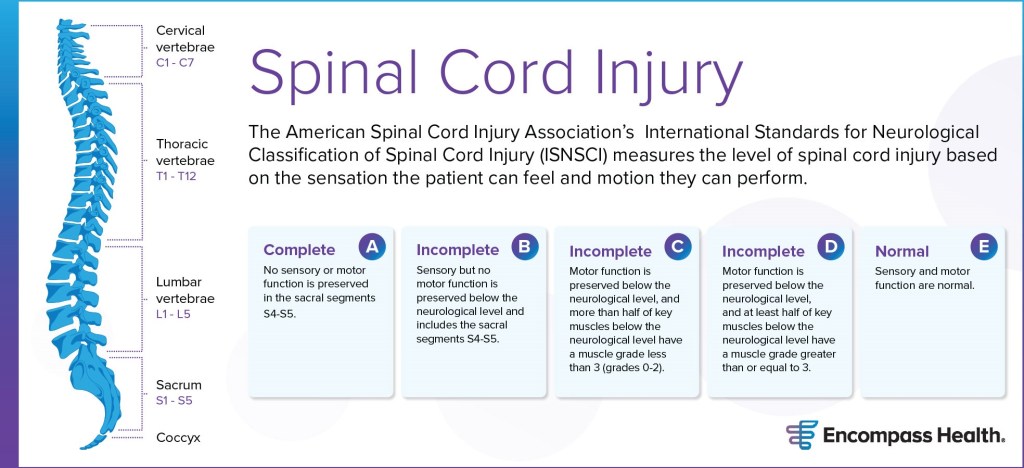
Leading Causes of SCI
- Falls
- Motor vehicle accidents
- Violence
Signs and Symptoms
- Changes in sensation
- Inability to move limbs
- Bowel and bladder issues
- Blood pressure issues
What Does Recovery Look Like?
After the injury is treated at the acute care hospital, your physician might recommend you receive inpatient rehabilitation, where you will receive a combination of speech, occupational and physical therapy for three hours a day in a hospital setting of care with round-the-clock nursing and frequent physician visits.
“Inpatient rehabilitation, I think, is absolutely necessary for spinal cord injury patients,” Hardin said. “They’ve gone through a traumatic event, and life will be different. Being able to come to a place where you have a team dedicated to working with spinal cord injuries allows you to ask questions and learn a new way of life.”
The care team includes therapists, nurses, dietitians, rehabilitation physicians and case managers. They will work with you to set realistic goals to navigate your life with an SCI.
Therapy is spread out throughout the day with breaks in between. The intensity of the therapy is based on pain tolerance and mobility and will progress as you get stronger.
Types of Therapy
- Speech Therapy: A speech and language pathologist can help you work on breathing and lung support. If you have been on a trach, a speech therapist can also help with speaking and swallowing issues. Speech therapists also help with cognition, which is particularly important if you have had a head injury.
- Occupational Therapy: Occupational therapists focus on activities of daily living, which can include anything from basic hygiene to eating. One of the biggest parts for spinal injury patients, Hardin said, is bowel and bladder training and helping with self-catherization or other adaptive equipment that might be needed.
- Physical Therapy: Physical therapists help you build your strength and increase your mobility to safely transfer from the bed to a wheelchair, and if possible, move from sitting to standing to walking.
The Role of Family in Recovery
The care team as a whole works to treat the individual patient, so you can be as independent as possible when you leave the rehabilitation hospital. In addition to teaching you how to navigate life with an injury to the spine, they will also help educate and teach your families to help you in your new situation.
“We do lots of education on the things that patients need to do and the things that they need help with,” Godbold said. “We talk about transfers, and how family members need to give them the time they need to do things and not just take over. Family members get frustrated watching them struggle, but it’s important to give them time to do it themselves.”
Having family be a part of the process can also serve as motivation, Hardin said.
“Having families here can boost their mood and participation. Sometimes that’s what they need to push them in therapy and move them forward,” she said.
Transitioning Home
Before discharging from the rehabilitation hospital, the care team will work with you and your family to make sure you have the tools you need to be as independent as possible.
Your case manager can also connect you with resources within your community to help you be successful. Support groups and peer-to-peer programs can help you connect with others and learn from their experiences with their spinal cord injury.
The content of this site is for informational purposes only and should not be taken as professional medical advice. Always seek the advice of your physician or other qualified healthcare provider with any questions you may have regarding any medical conditions or treatments.
